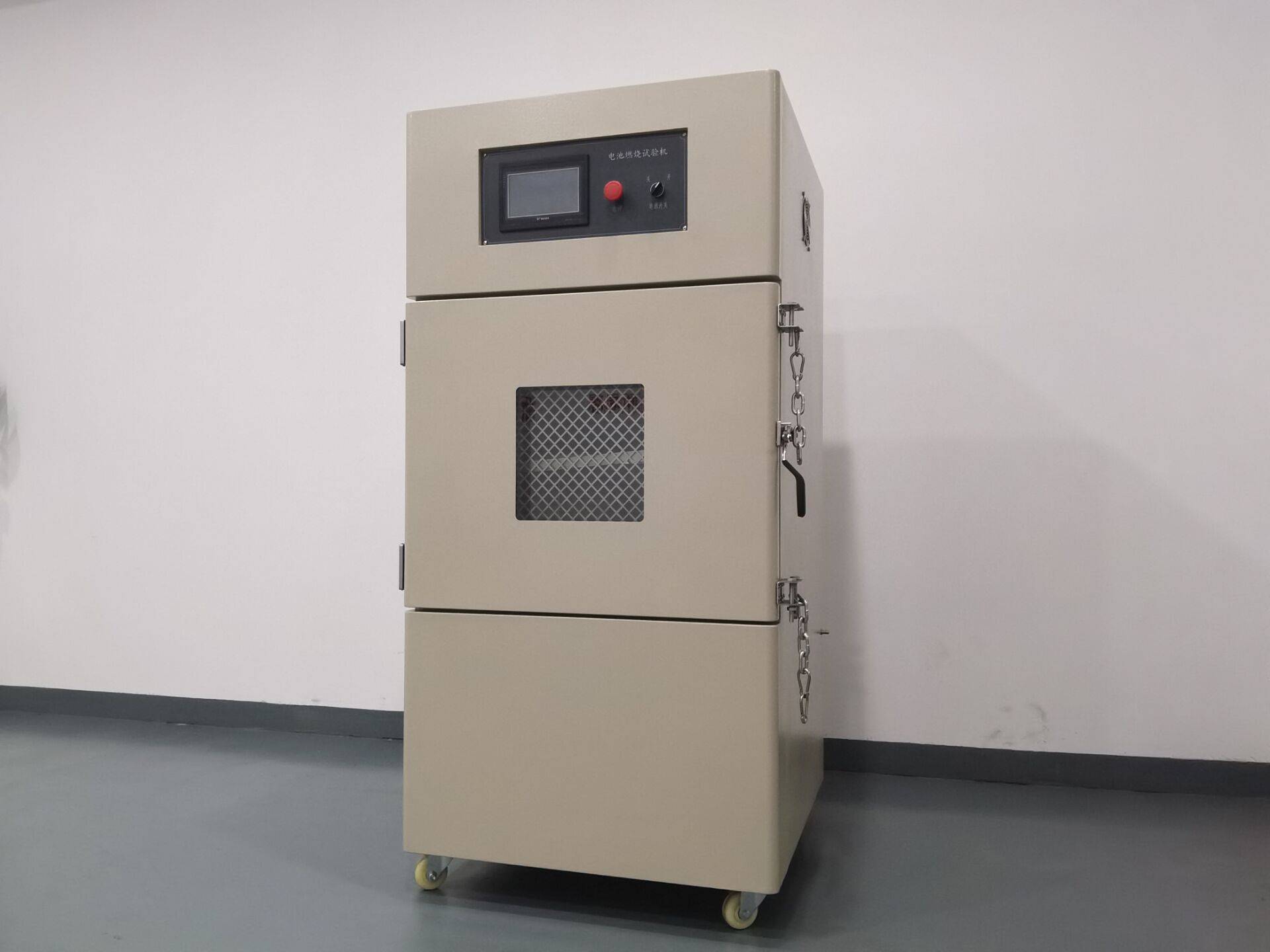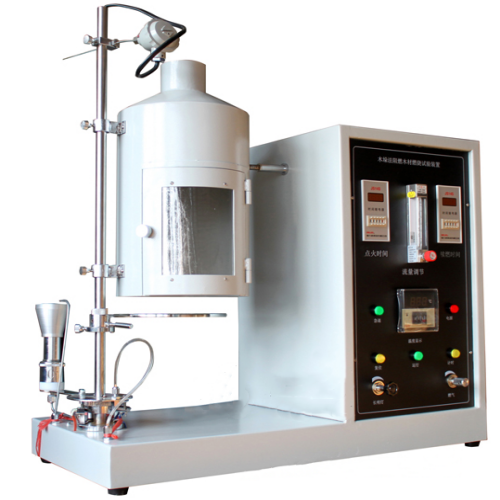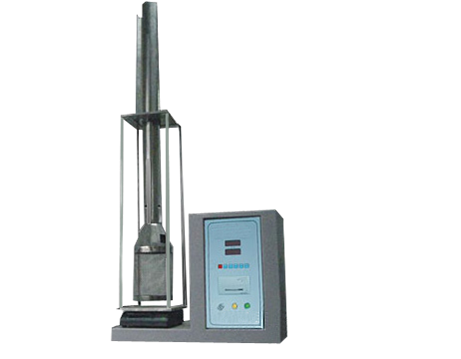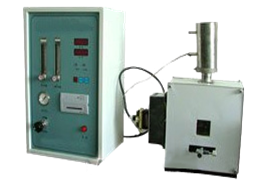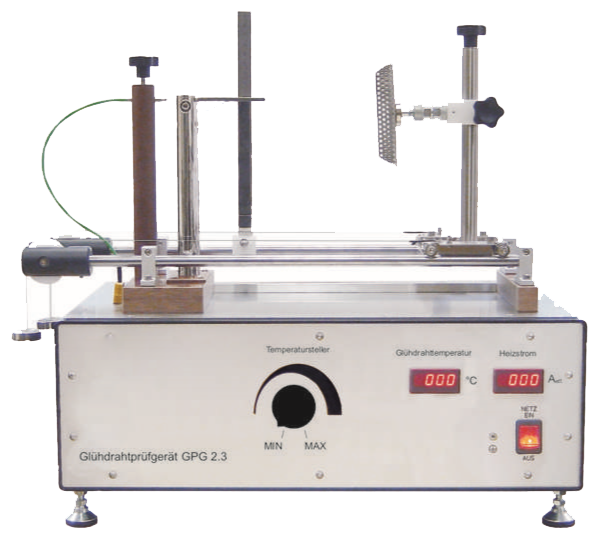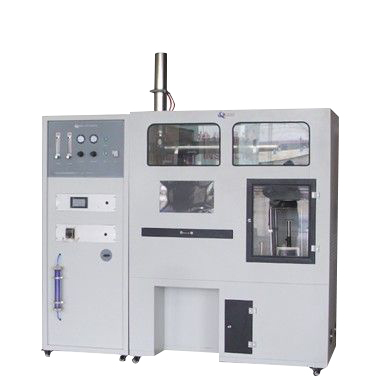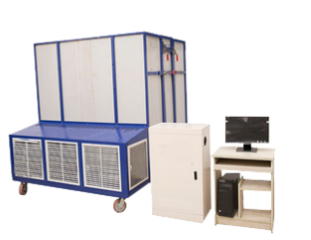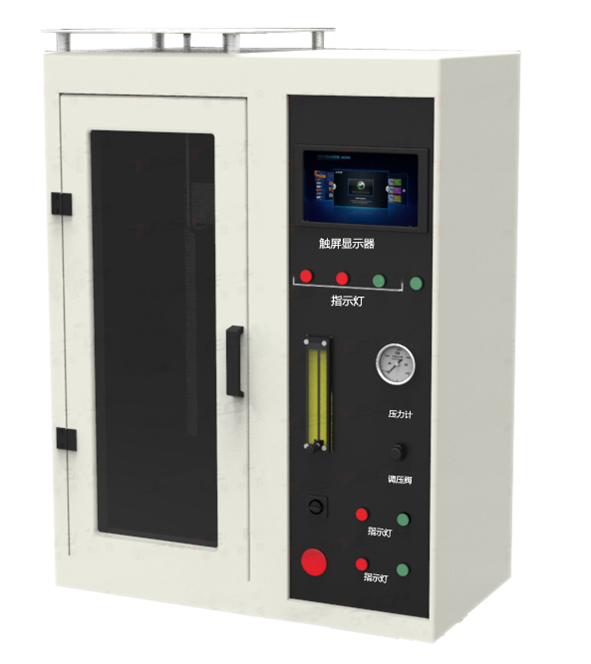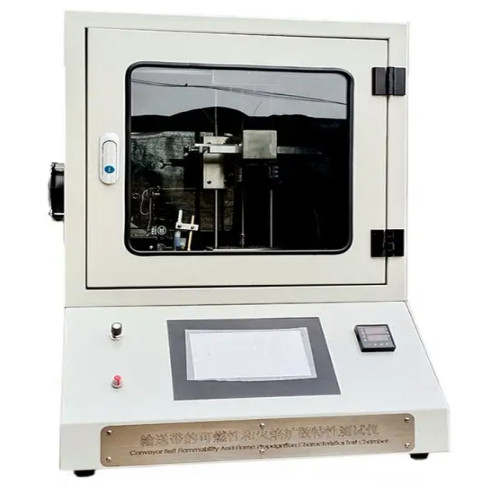Filter Media Tester HMT 1000
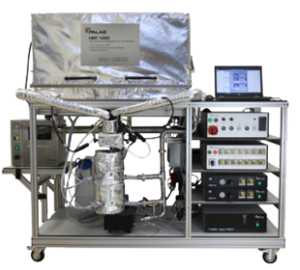
Heatable modular test system for oil mist separators in accordance with ISO 20654 Quality assurance and the development of filters/separators/traps should preferably be performed under test conditions that are relevant to the actual conditions encountered in practice. For this reason, oil separators must be tested at high temperatures of up to 120°C and, depending on the type of application, at high pressures.
With the modular test system HMT 1000, oil separators (e.g. for the separation of blow-by aerosols in internal combustion engines or for the separation of oil mist downstream of compressors) are quickly and accurately characterized and, in particular, successfully tested under practically relevant conditions through isothermal particle measurements up to 120°C:
Fraction separation efficiency
Burden / hold time
Total separation efficiency / gravimetric analysis
Pressure loss
Thanks to the modular layout, the individual components of the test rig, such as the high-resolution heatable light scattering spectrometer Promo® 1000 H, the heatable dilution systems KHG 10 D and the heatable aerosol generator PLG 2100, can be simply removed from the HMT 1000 and used for other applications, e.g. measurements directly on the engine.
For many years, numerous companies all around the world have profited from the advantages of the heatable and pressure-resistant Palas® test components for isothermal and isobaric particle size and particle quantity measurements on oil mists.
Palas® HMT 1000 filter test rigs have been used internationally with great success in industry since 2001.
The heart of the HMT 1000 is the light scattering spectrometer Promo® 1000 H, which measures the particle size and the number of particles (and therefore the concentration) independently of each other but at the same time. With the aid of the Promo® 1000 H it is possible to perform very quick, clear, reproducible and isothermal measurements.
Decriptions
Advantages of optical particle measurements over purely gravimetric measurements:
Conventional quantitative gravimetric determinations are often not quick or sensitive enough and provide no information about the particle size distribution. Thanks to the excellent correlation between the quantitative distribution measurement and the gravimetric analysis, very fast and volume-relevant testing of the oil separators is assured. The determination of the clean gas concentration can be performed within 1 minute using the Promo®1000 H system.
Why use isothermal measurements?
The viscosity of the oil – and therefore the particle sizes and particle concentrations in the oil mist – varies as a function of the engine temperature. For this reason, oil separators must be tested at different temperatures, i.e. with different particle sizes (up to approx. 5-8 µm) and particle concentrations (approx. 105to 107particles/cm3) as well as different volume flows, in order to clearly characterize them in terms of their capacity to separate. Changes to the separation properties of the separator, e.g. due to the change in volume flow, temperature, filter burden etc. must be clearly determined through a reliableonline measurementorin-situ measurement. In order to avoid not only condensation effects, but also evaporative effects, on theHMT 1000the entire aerosol guide, including the preparation, sampling and measurement volume, can be heated to 120°C. As a result, measurements of theisothermal fraction separation efficiencycan be performed. Isothermal in-situ measurement, e.g. on the engine
The HMT 1000 test system is mobile and has a modular layout. As a result, the individual components can also be used for other tests and particle measurements, e.g. in-situ measurements on the engine.
With the modular test system HMT 1000, oil separators (e.g. for the separation of blow-by aerosols in internal combustion engines or for the separation of oil mist downstream of compressors) are quickly and accurately characterized and, in particular, successfully tested under practically relevant conditions through isothermal particle measurements up to 120°C:
Fraction separation efficiency
Burden / hold time
Total separation efficiency / gravimetric analysis
Pressure loss
Thanks to the modular layout, the individual components of the test rig, such as the high-resolution heatable light scattering spectrometer Promo® 1000 H, the heatable dilution systems KHG 10 D and the heatable aerosol generator PLG 2100, can be simply removed from the HMT 1000 and used for other applications, e.g. measurements directly on the engine.
For many years, numerous companies all around the world have profited from the advantages of the heatable and pressure-resistant Palas® test components for isothermal and isobaric particle size and particle quantity measurements on oil mists.
Palas® HMT 1000 filter test rigs have been used internationally with great success in industry since 2001.
The heart of the HMT 1000 is the light scattering spectrometer Promo® 1000 H, which measures the particle size and the number of particles (and therefore the concentration) independently of each other but at the same time. With the aid of the Promo® 1000 H it is possible to perform very quick, clear, reproducible and isothermal measurements.
Decriptions
Advantages of optical particle measurements over purely gravimetric measurements:
Conventional quantitative gravimetric determinations are often not quick or sensitive enough and provide no information about the particle size distribution. Thanks to the excellent correlation between the quantitative distribution measurement and the gravimetric analysis, very fast and volume-relevant testing of the oil separators is assured. The determination of the clean gas concentration can be performed within 1 minute using the Promo®1000 H system.
Why use isothermal measurements?
The viscosity of the oil – and therefore the particle sizes and particle concentrations in the oil mist – varies as a function of the engine temperature. For this reason, oil separators must be tested at different temperatures, i.e. with different particle sizes (up to approx. 5-8 µm) and particle concentrations (approx. 105to 107particles/cm3) as well as different volume flows, in order to clearly characterize them in terms of their capacity to separate. Changes to the separation properties of the separator, e.g. due to the change in volume flow, temperature, filter burden etc. must be clearly determined through a reliableonline measurementorin-situ measurement. In order to avoid not only condensation effects, but also evaporative effects, on theHMT 1000the entire aerosol guide, including the preparation, sampling and measurement volume, can be heated to 120°C. As a result, measurements of theisothermal fraction separation efficiencycan be performed. Isothermal in-situ measurement, e.g. on the engine
The HMT 1000 test system is mobile and has a modular layout. As a result, the individual components can also be used for other tests and particle measurements, e.g. in-situ measurements on the engine.
Note:QINSUN is very in place for textile testing and quality control,we have our own textile testing lab. Our textile testing equipment and testing methods are in the leading position in the industry. We have passed the textile testing certification and iso textile testing standards issued by a number of testing,We can provide textile testing equipment pdf manual. Sufficient inventory, big discounts, limited time promotion, Order now!
Leave Message Get Price



